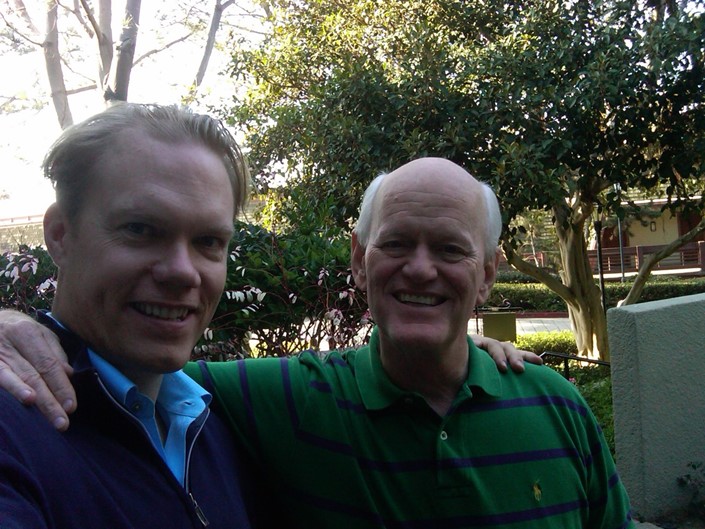By Geoff Smart and Marshall Goldsmith
What’s the #1 mistake in business?
Marshall: How do you define “#1 mistake?”
Geoff: Let’s define it as a mistake that is most common, most damaging, and most preventable.
M: I believe the #1 mistake in business is the failure to follow up. Work is so fast and so complex these days. So much chance for distraction. In one of the largest studies ever done on the effects of executive coaching–over 70,000 respondents, we learned that the biggest mistake coaches make is in not following up. It didn’t matter who the coach was, or what method they used. Failing to follow up made any approach to coaching ineffective.
G: We agree on this one. The #1 mistake is failure to follow up on the priorities that matter most. I think following up is hard for many leaders. They either lack the discipline to create a “cadence of accountability” for themselves and their team, or they fear being perceived as being difficult.
M: OK, so now let’s talk about how to avoid making this mistake of not following up?
G: I remember in your book Triggers you talk about Alan Mulally and his amazingly simple follow-up system he used with his senior team around regularly discussing red/yellow/green priorities. And in my book Power Score, it’s a similar observation: former Marine and FedEx founder Fred Smith in our interview of him was all about follow-up, follow-up, follow-up. When people know there is going to be follow up, they have a way of finding a way to deliver the results. When they don’t think you are going to follow up, they allow themselves to be distracted by other things.
M: What gets measured gets done.
G: Inspect what you expect.
M: I like to teach leaders about the trigger-routine-outcome cycle. It’s related to the concept in motivational psychology of antecedent-behavior-consequence cycle. As a leader, you create a trigger, a routine of behaviors with a daily follow-up plan, and then you are much more likely to achieve an outcome. Most of the time when we think of creating a trigger, we create a new behavior, preserve a positive behavior, eliminate a negative behavior, or accept something that is not going to change. And once we establish that cycle, it’s really the follow up that makes the desired outcome happen. Structure is good. Follow up doesn’t happen without structure.
G: What about entrepreneurs or people who say that following up takes too much time?
M: I say to them you have to just decide how successful you want to be. If you want to be busy, then be busy. But if you want to achieve great things, it takes follow-up.
—Dr. Geoff Smart is Chairman & Founder of ghSMART, a leadership consulting firm that exists to help leaders amplify their positive impact on the world. Click for his downloadable free tools.
—Dr. Marshall Goldsmith is the #1 coach in the world, #1 leadership thinker, and million-selling author of 35 books. Triggers is a #1 New York Times and Wall Street Journal best-seller! Order it at Amazon. Visit marshallgoldsmith.com for free articles and videos.





Leave a Reply